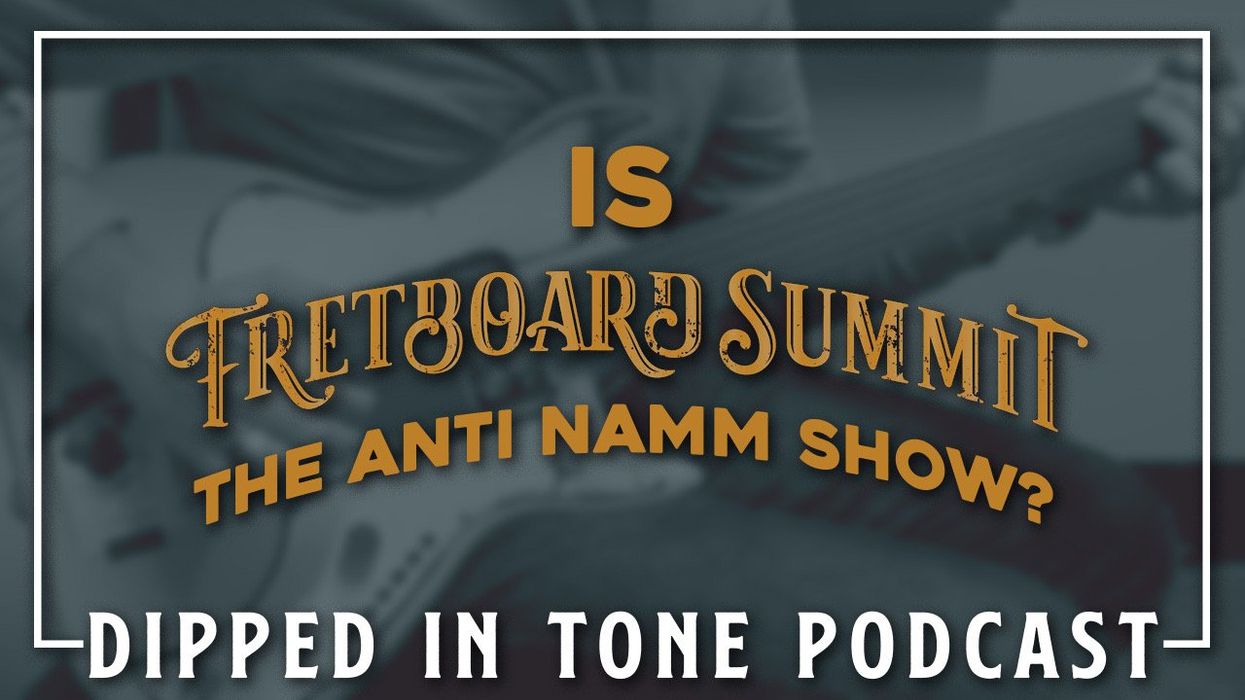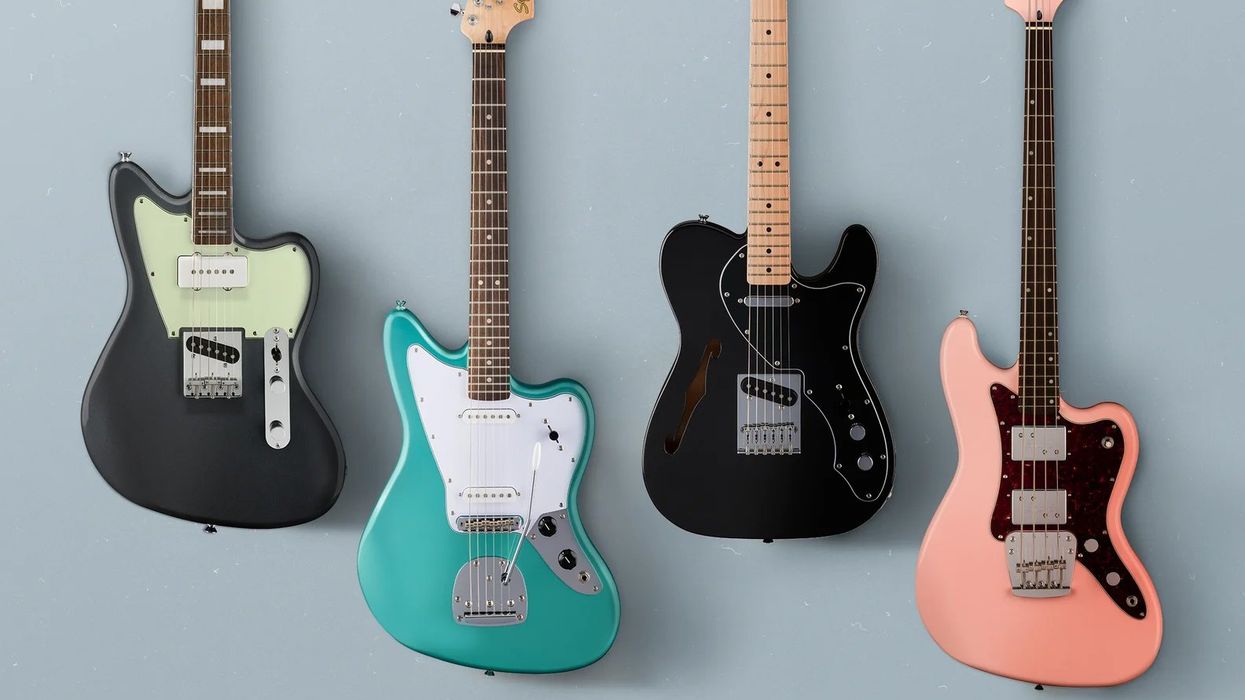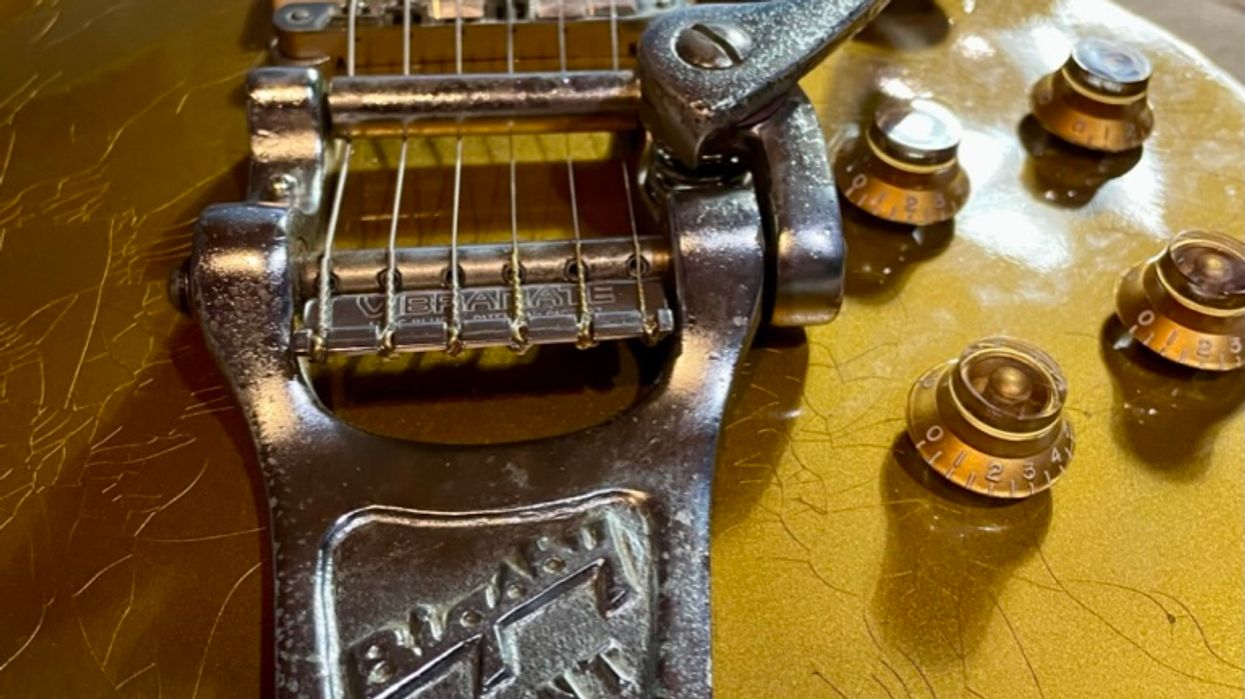Paul Reed Smith drops in to dip a rig and unpack the facets of tone—and why he unwound—and destroyed—a set of $10k vintage Fender pickups. Plus, all the fun stuff: What’s it like working with John Mayer? Does Santana’s guitar sound like a tenor sax? Why does David Grissom need every PRS on a music-store wall to play great? And the dudes argue over the big question: What’s better a cheap guitar and an expensive amp, or an expensive guitar and a cheap amp?
Paul Reed Smith Ends the Tonewood Debate
















